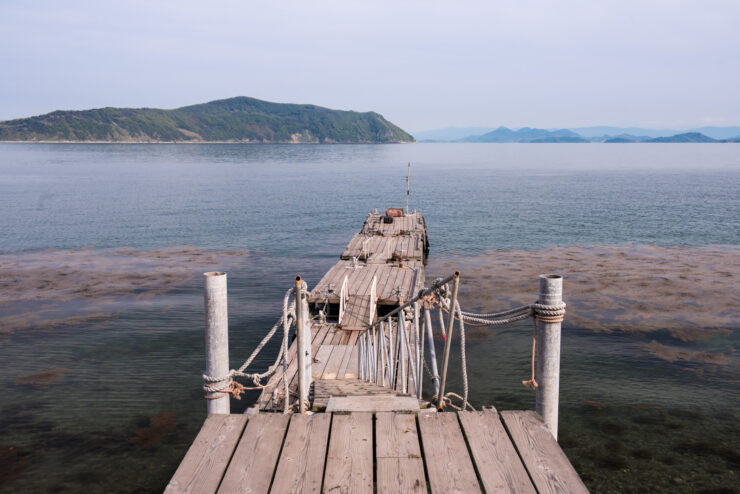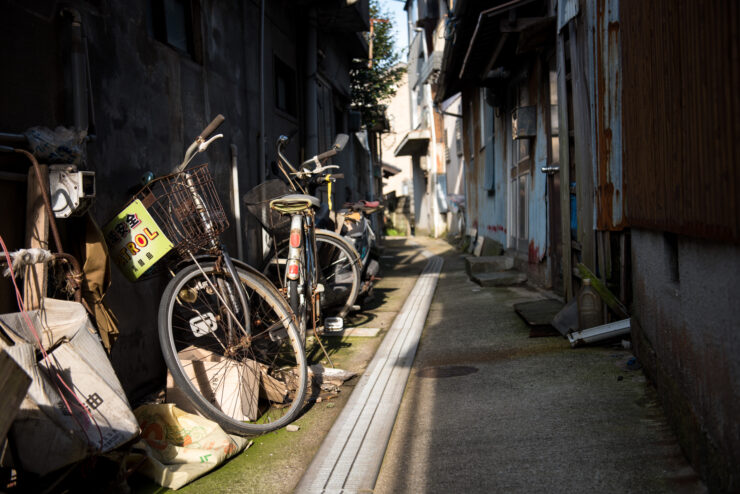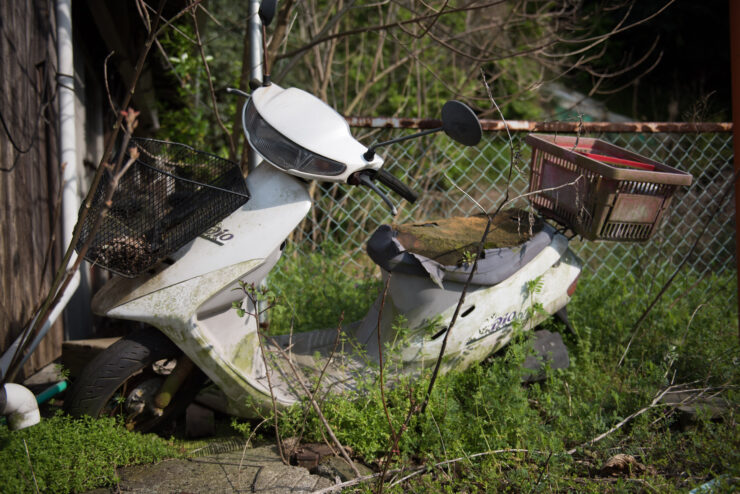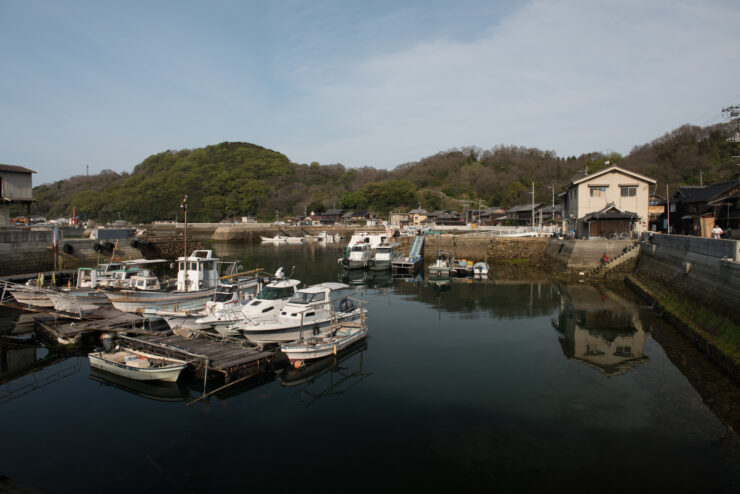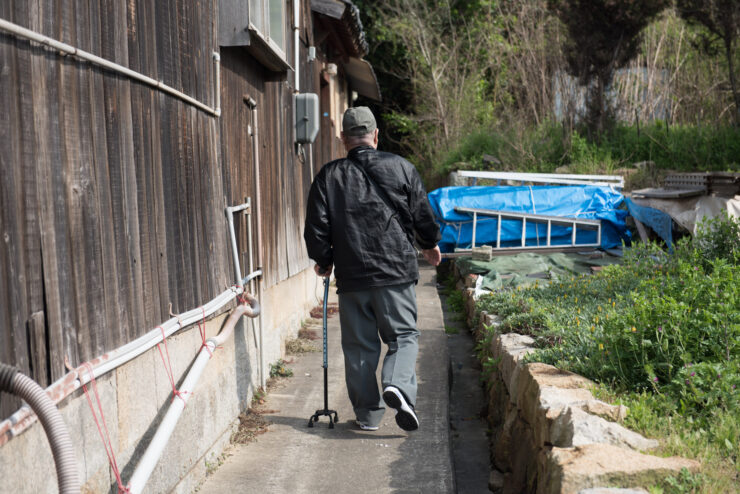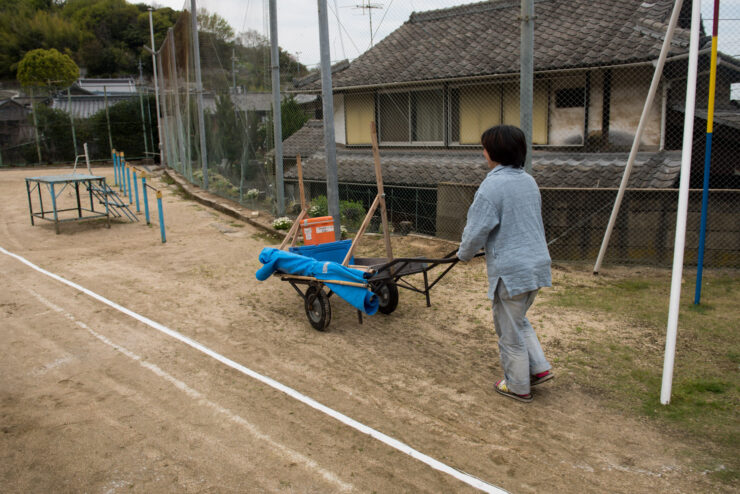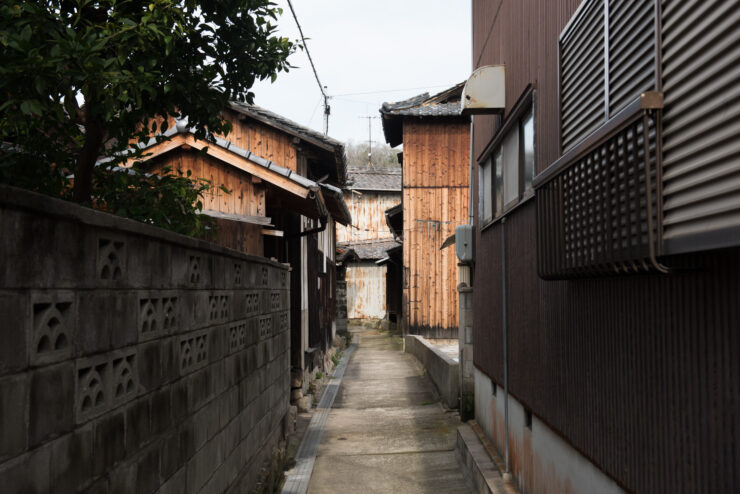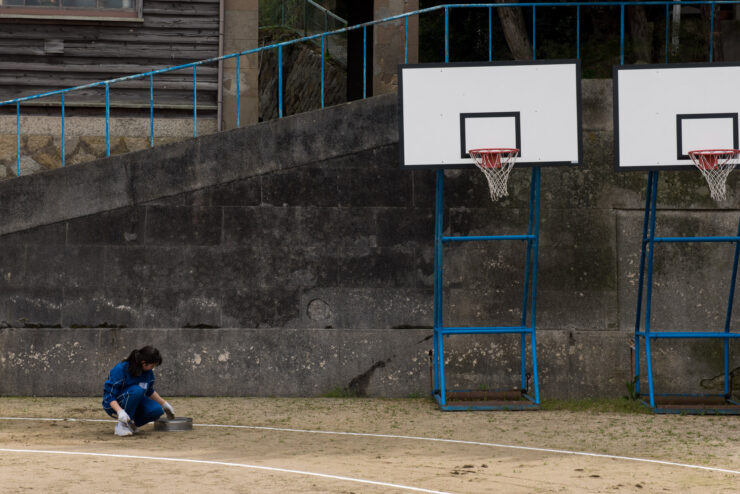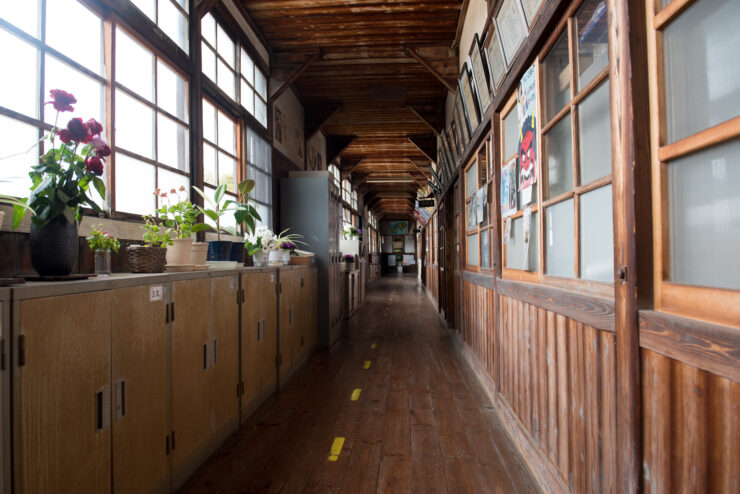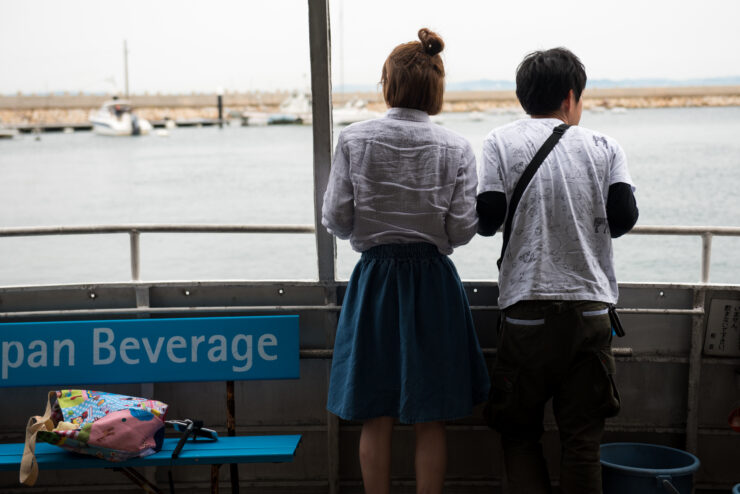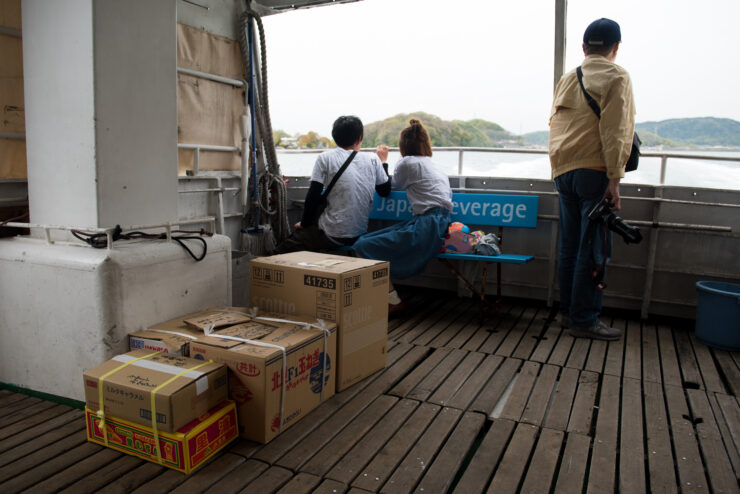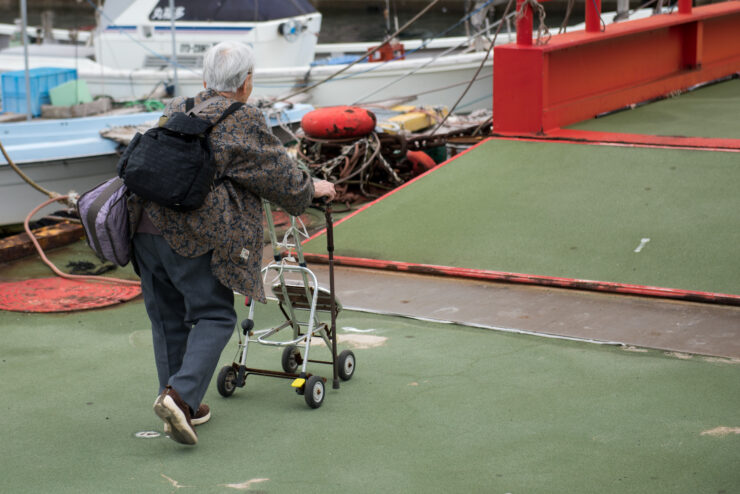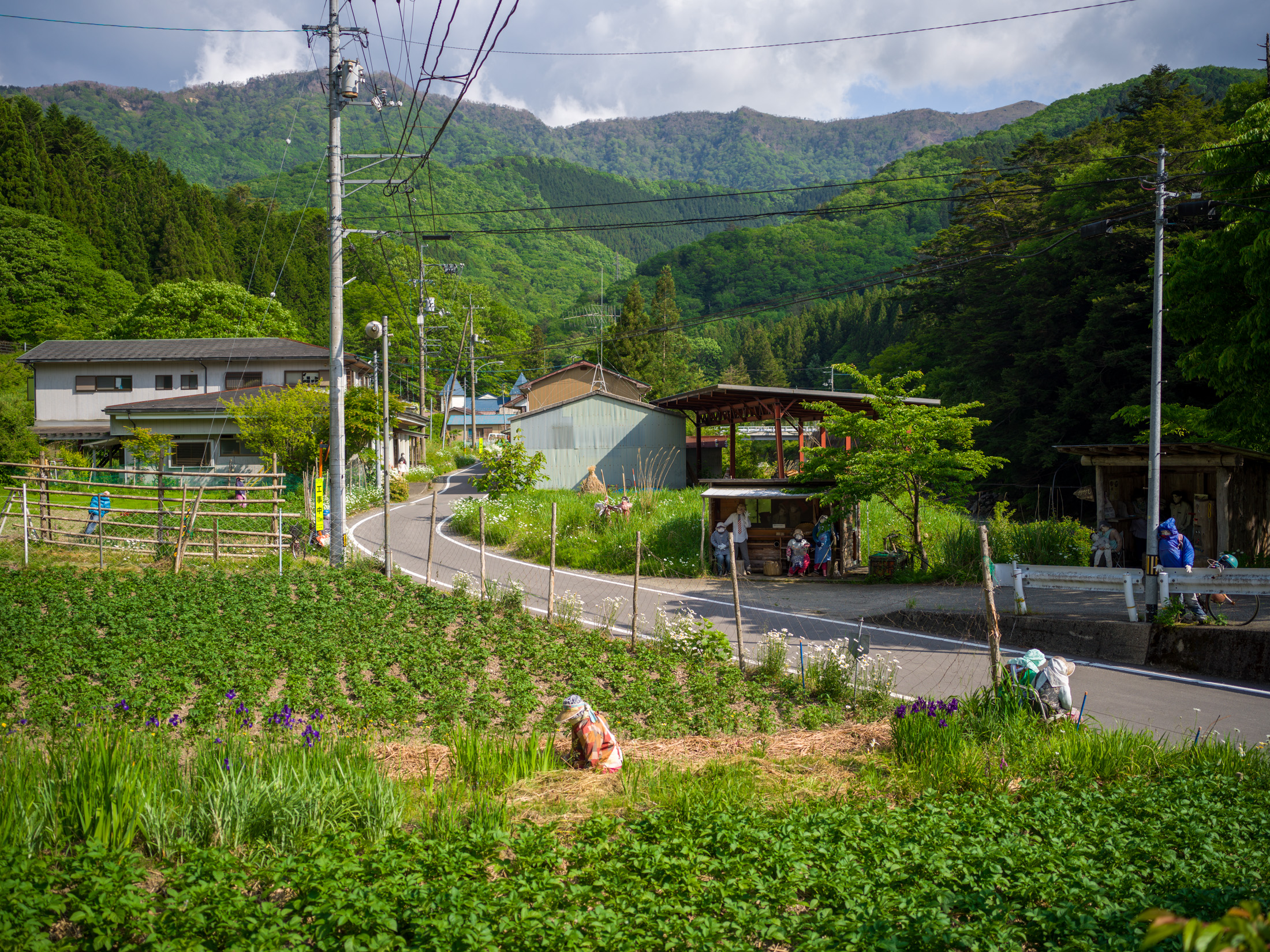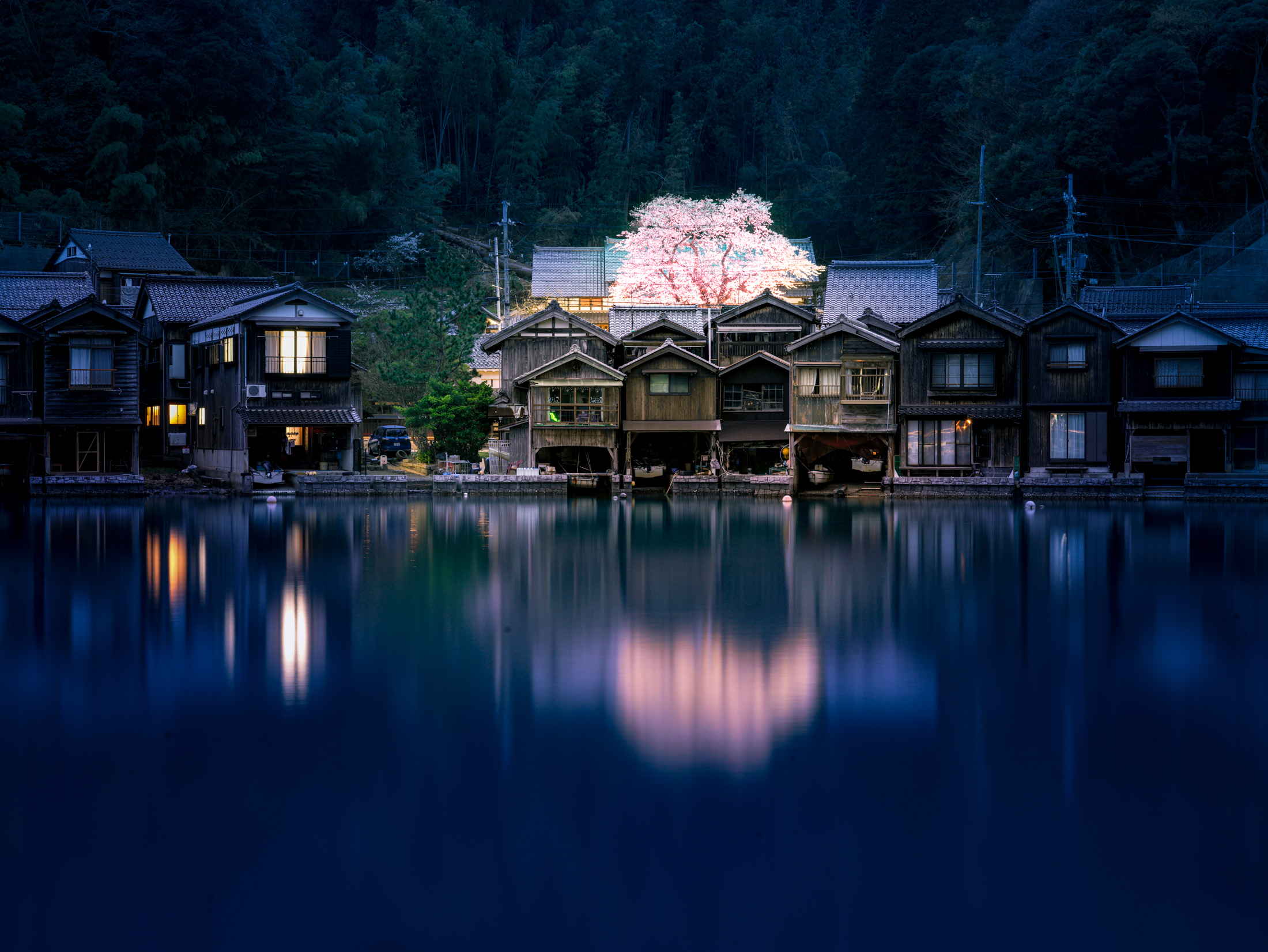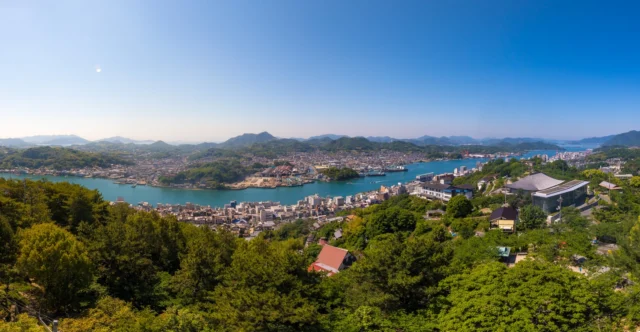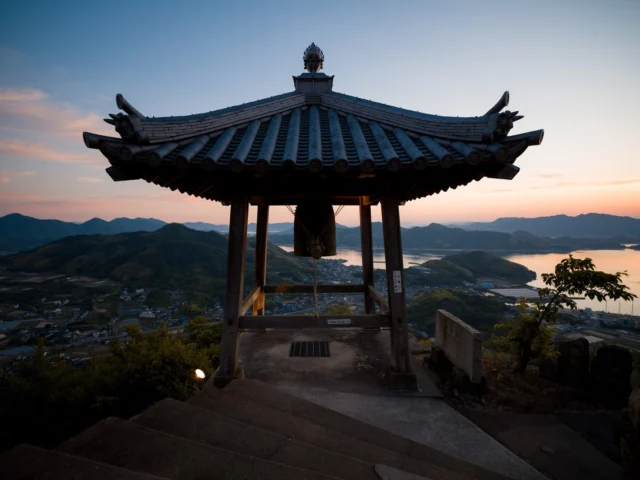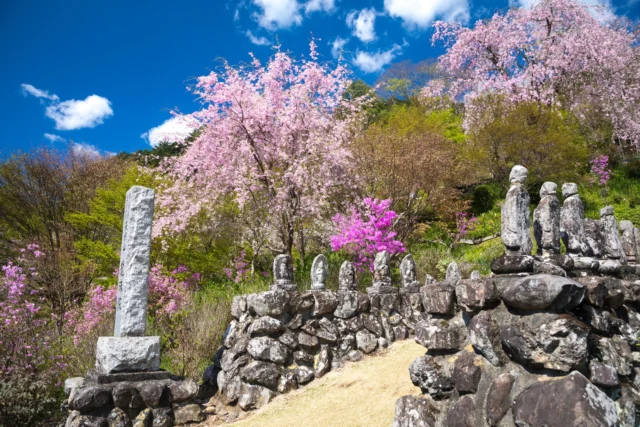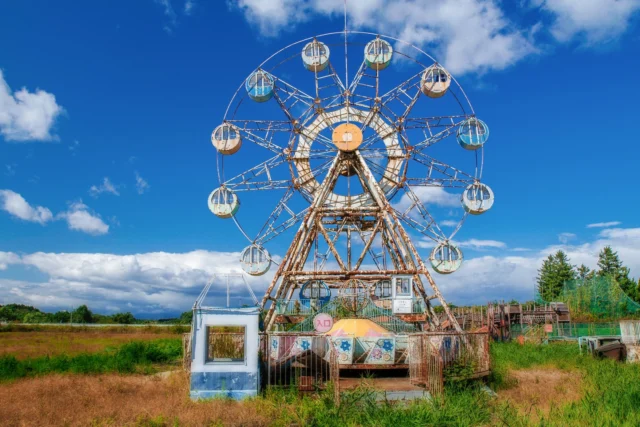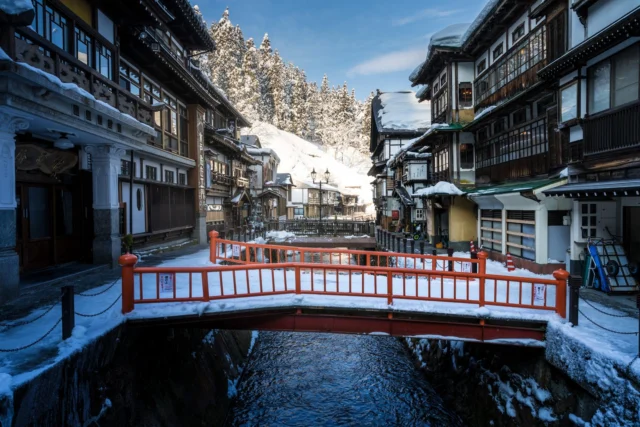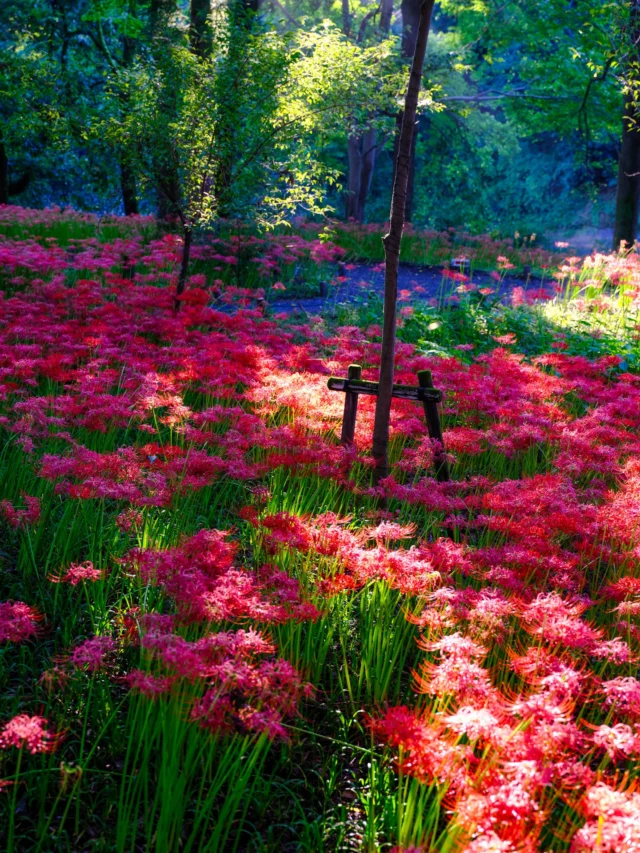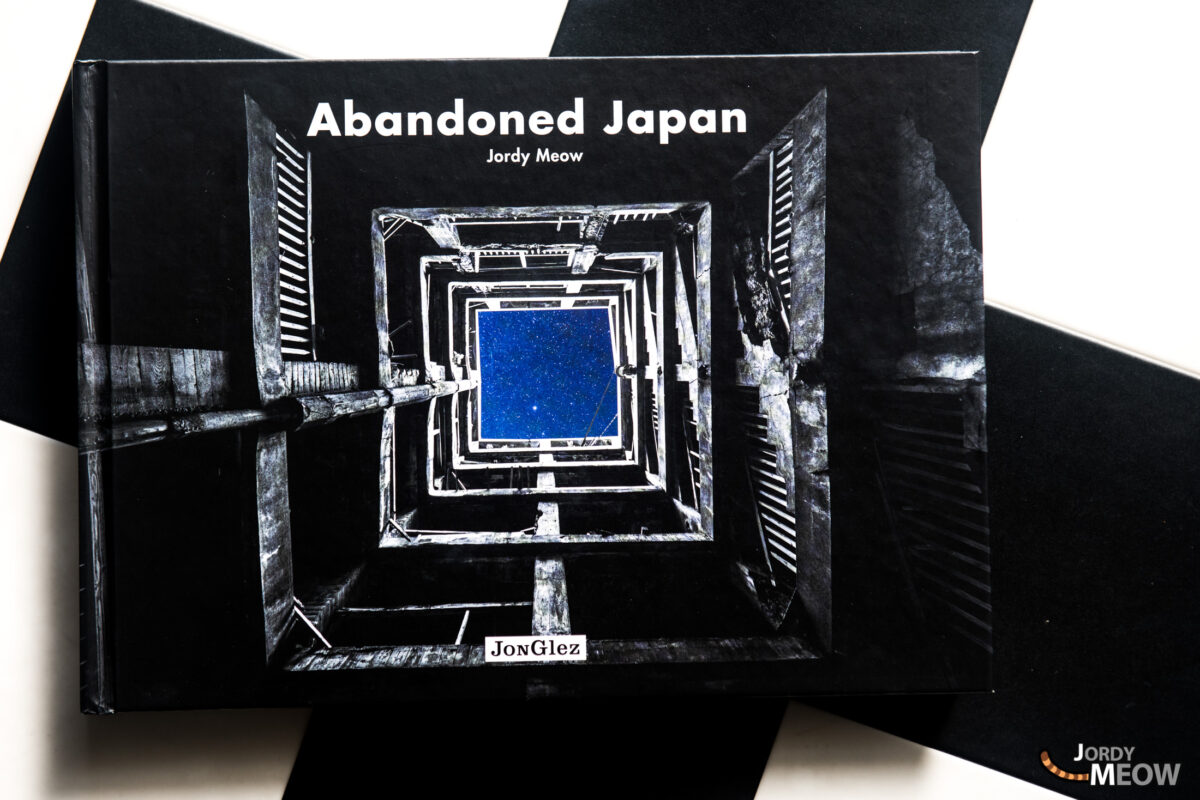The small island of Manabe-shima (真 鍋 島) is the southernmost of the Kaseoka islands in Seto Inland Sea. It is administered by the city of Kaseoka in Okayama prefecture. There were almost 1,000 islanders in the 1970s, compared with just over 200 at present.

Legend has it that a Fujiwara clan member established a naval base there towards the end of the Heian era (794–1185). The new clan, the Manabe, would in its prime have dominated the nearby Kaseoka islands. The ruins of Manabe castle are on a hill overlooking the sea, and other historical traces of the military past are scattered around the island.
During the Meiji era (1868–1912) the island prospered through fishing and villages were established. Manabe-shima was recently designated a “Furusato [homeland] village” by Okayama prefecture for the conservation of its picturesque ambiance. It’s also sometimes used as a location for filmshoots in search of yesteryear Japan.

There are two fishing villages on the island, Hon-ura 本 浦 and Iwatsubo 岩 坪. Both are known for their vibe of narrow alleys and old wooden buildings (more and more of them abandoned).
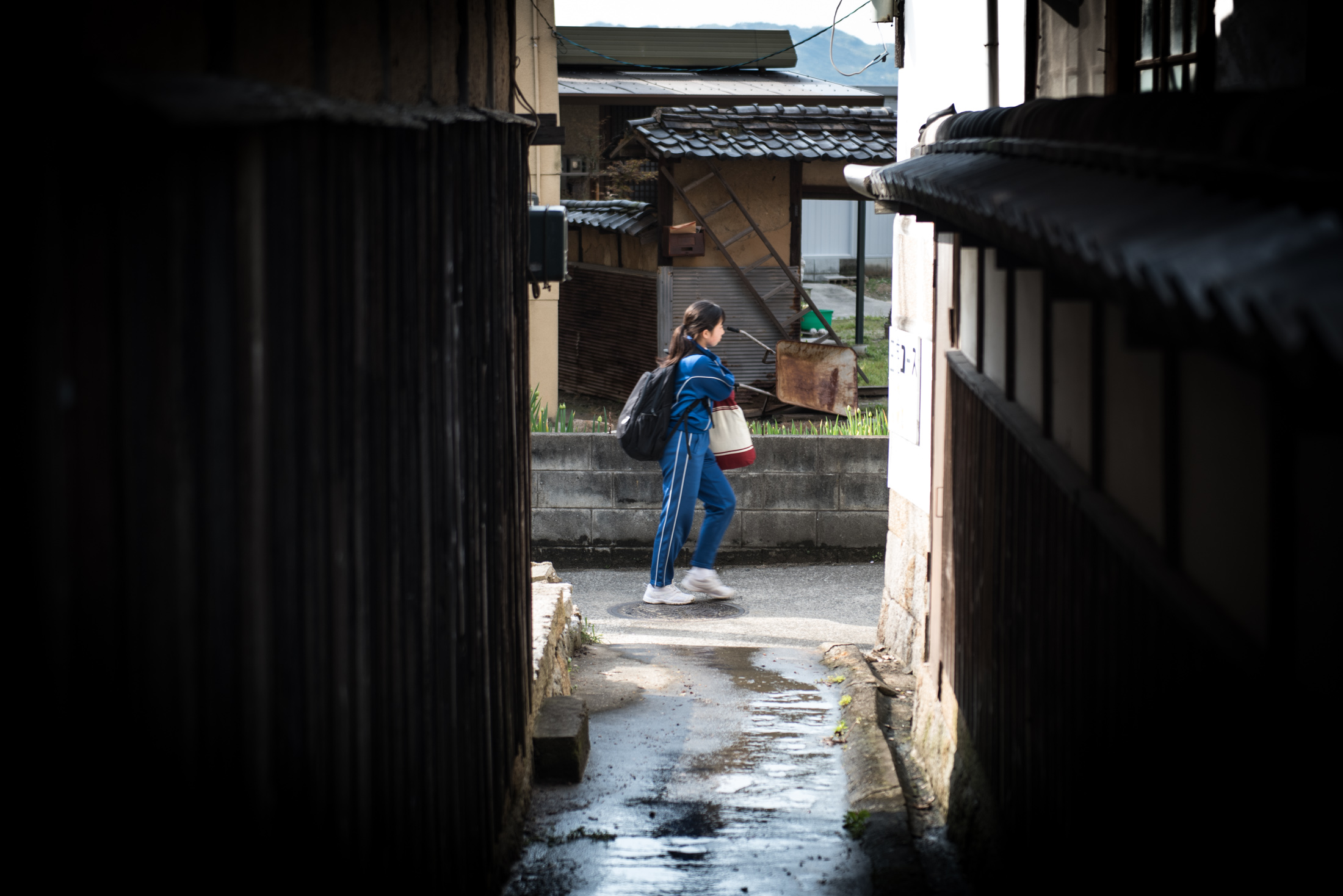
The island is also famed as one of dozens of Japanese “Cat Islands”. Generally there’s very little traffic, and the ever-present sea offers up quantities of fishy catfood.
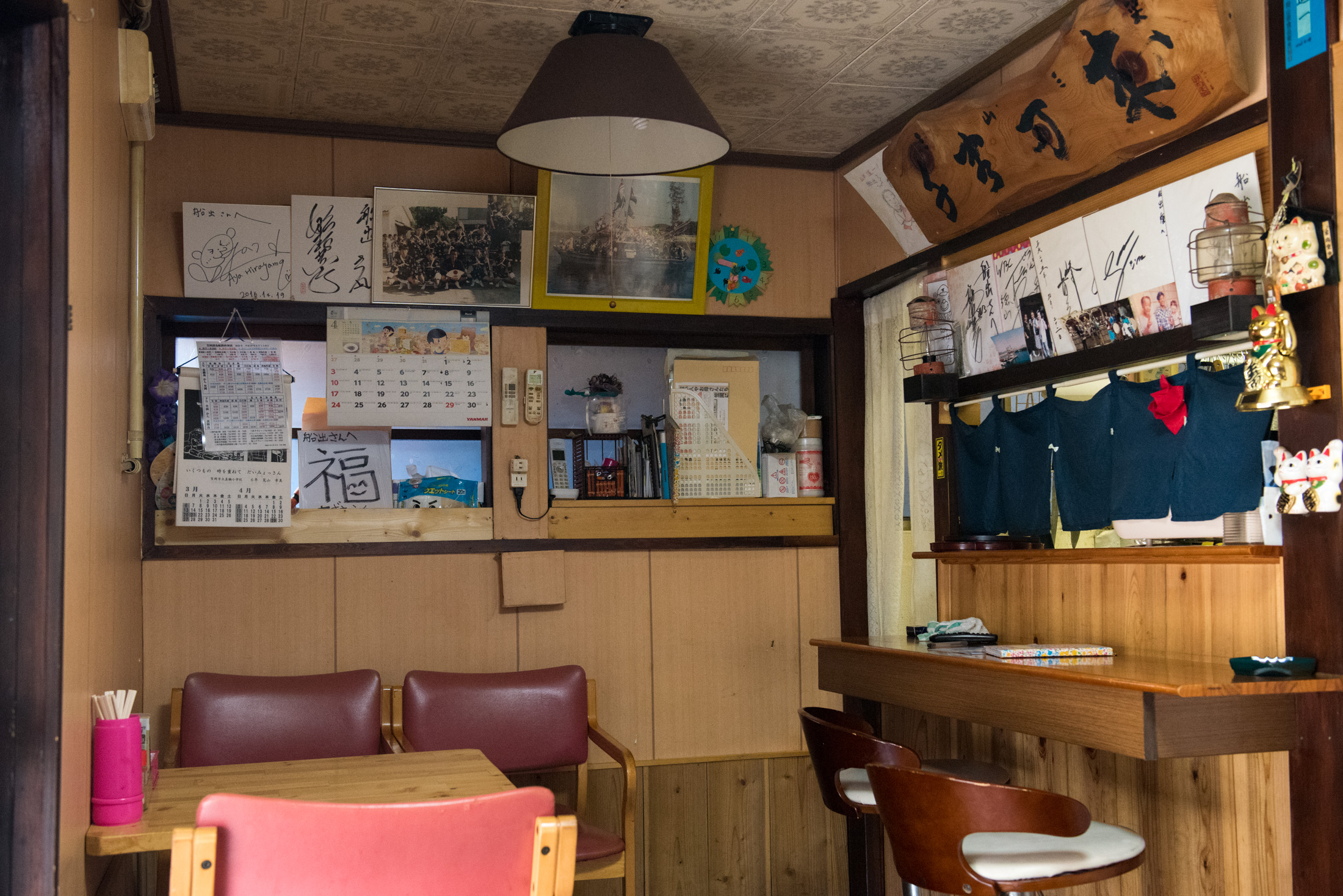
The popularity of the island, especially among the French, is down to Florent Chavouet’s graphic novel Manabeshima Island Japan, illustrating his daily life there.
Manabeshima Junior High School (笠岡市立真鍋中学校 / Kasaoka Shiritsu Manabe Chugakko)
The wooden building dating from 1949 is supposedly still open, but has become a tourist special attraction for its nostalgic atmosphere.

A wide corridor with windows on one side and rooms on the other, typical architecture of Japanese school buildings of the time. It was also used as a set for the 1984 film MacArthur’s Children, a WW2 drama about the occupation of General MacArthur and his troops.
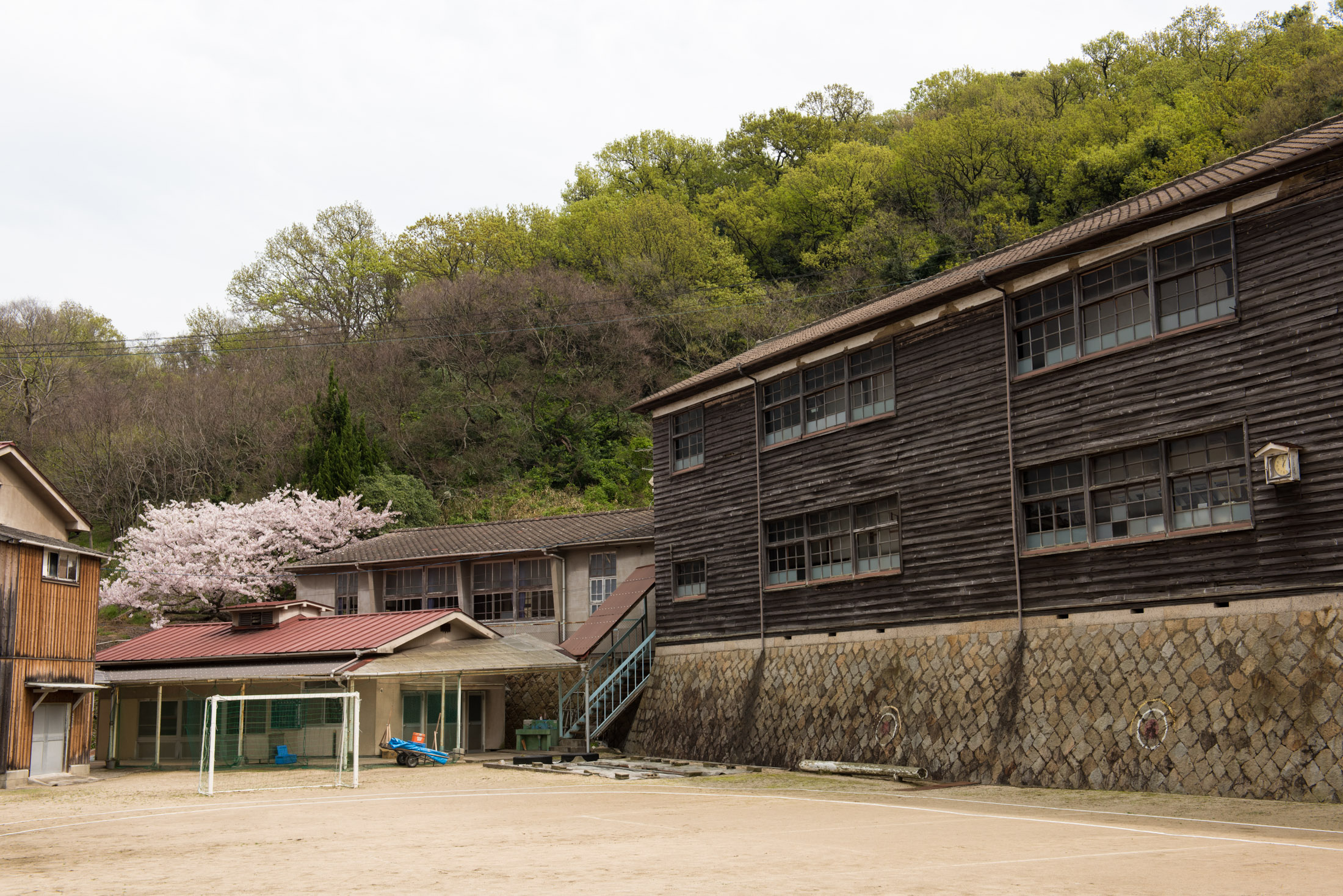
Manabe residence
he Manabes were one of the most influential families on the island in the late Heian era. The family mansion has been designated a national cultural property. The wooden homestead, dating from Meiji times, was built in the Shoin-zukuri style typical of aristocratic mansions.

Right next to the house is an Elaeocarpus sylvestris tree over 250 years old. In Japanese it’s mistakenly called Horuto-no-ki (literally “tree of Portugal”) because the olive-shaped fruit was believed to have originated there.
And for more awesome content about Japan, follow Jordy Meow on Instagram ! 🎵

